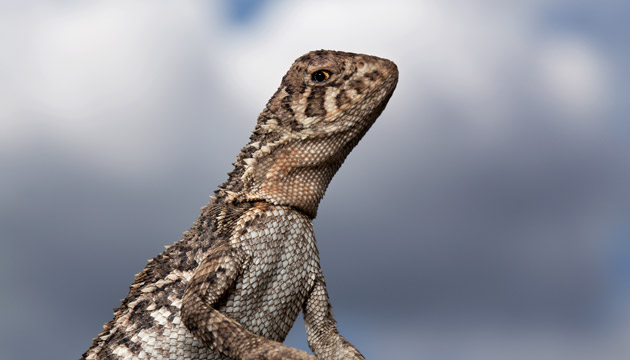No-till farming practices in southern Queensland have sheltered an endangered sleeping dragon.
Story and photo Steve K Wilson
What’s chubby and prickly, has been printed on tea towels, moulded into fundraising chocolates, and is hanging on by a claw? The answer is an endangered little lizard called the Condamine earless dragon. The lizard’s entire home range lies on the rich dark soils of one of Australia’s most productive and fertile food bowls. It lives on croplands and remnant grassy road verges of the eastern Darling Downs, in southern Queensland.
The area the lizard lives in used to be open grasslands. The grasslands were long ago replaced by mixed crops, including maize, chickpeas and sorghum, yet the little lizards survived – virtually undiscovered by scientists but familiar to farmers. “We often used to see them along the fence lines,” says Mount Tyson landowner Paula Halford.
In the early 2000s, the dragons were noticed by wildlife experts who were surveying remnant grassy road verges. The reptiles were originally thought to be a northern outlier of a similar species from New South Wales and the Australian Capital Territory. But, instead, they were found to be an undescribed species, and an endangered one at that.
What followed has been nothing short of extraordinary. The Mount Tyson and Pittsworth Landcare groups, spearheaded by Alastair Silcock and Paula, launched a public education program, sponsored by Ergon Energy, to raise local awareness and generate research funds. Naturalist Rod Hobson from the Queensland National Parks and Wildlife Service added his knowledge of reptiles to the mix, running workshops and local surveys.
The dragons soon became quite famous. The Mount Tyson cafe White Mischief manufactured chocolate dragons, which made their way to events across the region. Earless dragon signs were erected at strategic points, including Mount Tyson, and on the Warrego Highway at Bowenville. Dragons also appeared on tea towels and stubby holders.
This story excerpt is from Issue #116
Outback Magazine: December/January 2018









